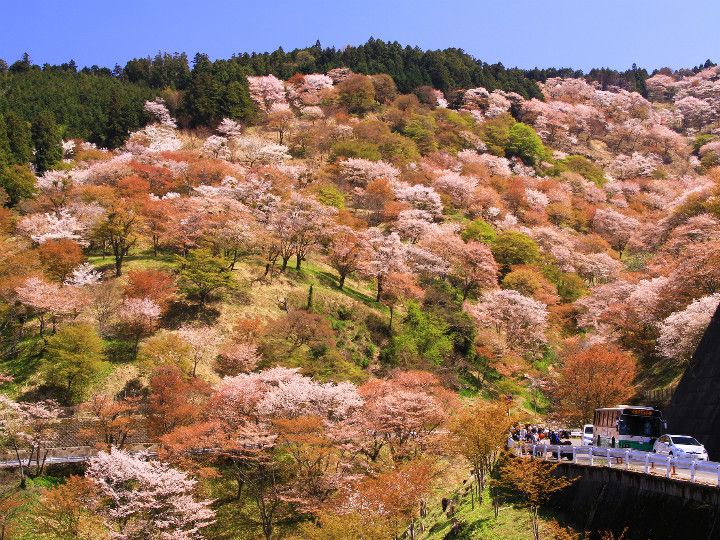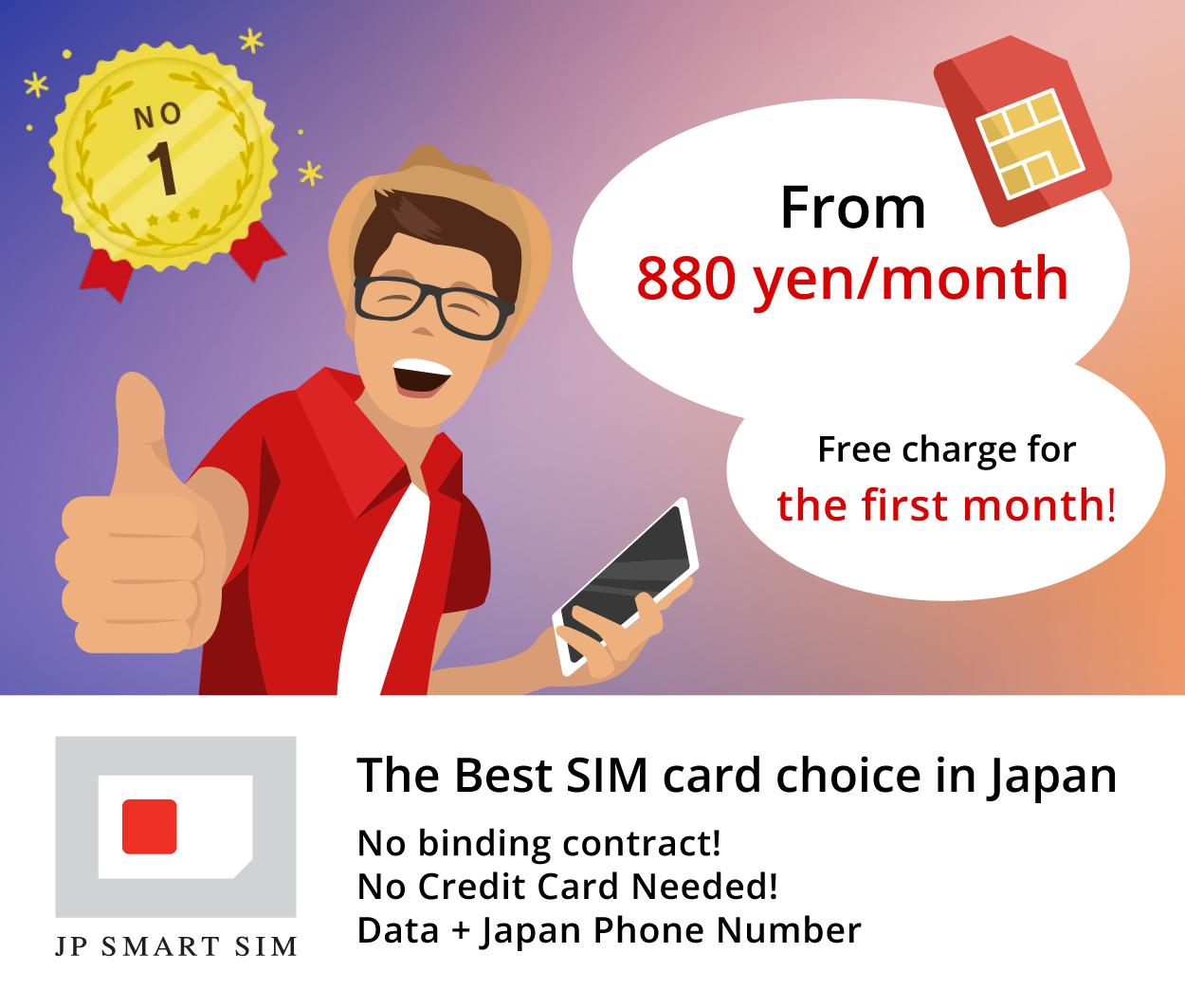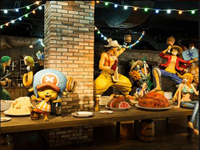Mt.Yoshino


(Source: @yume / PIXTA(ピクスタ))
Kinpusen-ji: a world heritage
Kinpusen-ji, built as the head temple of Shugendo about 1,300 years ago, represent Mt. Yoshino. The principal image is a blue Buddhist statue called Zaogongen and the height is more than 7 m. It is also called as "The most secret Buddhist statue in Japan" because people are allowed to see it only for a limited period of the year.

(Source: 思いついたまま)
Yoshinaga Jinja: a world heritage
Yoshino was the capital of Japan for over fifty years since 1336 and so this Yoshinaga Jinja was the Imperial Palace for the emperor. This Jinja is also famous as the place where Toyotomi Hideyoshi, who accomplished the unification of Japan for the first time, enjoyed cherry blossoms. This historic shrine was designated as a world heritage, too.

(Source: このたびのたび)
Chikurin-in
Chikurin-in was built around 600 by the Imperial family at that time. Gunbouen, a circuit style garden around the pond is one of the best gardens in the Nara area. This temple has a inn called Shukubo (temple lodging) and you can enjoy pot dishes designed by a tea master for the general Toyotomi Hideyoshi and others.

(Source: お寺の風景と陶芸)
Mt. Yoshino Ropeway
Mt. Yoshino Ropeway connect between Senbonguchi station and Mt. Yoshino station and is the oldest ropeway among existing ones. Though it's just a 3-min ride in the sky, the view from the car is awesome! This ropeway is specially crowded in spring for cherry blossoms and in fall for autumn leaves.

(Source: 走ること、登ること)
Yoshino Kuzu: a specialty of Yoshino
Mt. Yoshino is known to have clean water which is necessary for the growth of "kuzu" used to make well-known goodies here. Close to Kinpusen-ji, you can try simple dishes like kuzu starch noodles, kuzumochi made using anko. If you get tired, how about resting munching on kuzu goodies.

(Source: 食べログ)
Famous viewpoint of cherry blossoms
More than 30,000 cherry blossoms were planted in Mt. Yoshino because they were regarded as sacred tree in Shugendo. There are so many good spots for cherry blossoms but you can see the scenic beauty of a whole mountain full of cherry pink only here in Mt. Yoshino. Never miss this view if you come here in spring.

(Source: 田舎の人ーたけちゃん)
Seasonal events
Cherry blossoms are the main feature in Mt. Yoshino but there are more attractive events in other seasons. Ajisai festival in summer, lighting up of autumn leaves in fall, and Sestubun festival in Kinpunsen-ji in winter are held. In Setsubun festival, oni (monsters) are walking around the town of Yoshino.

(Source: レンズを透して)

(Source: @yume / PIXTA(ピクスタ))
Kinpusen-ji: a world heritage
Kinpusen-ji, built as the head temple of Shugendo about 1,300 years ago, represent Mt. Yoshino. The principal image is a blue Buddhist statue called Zaogongen and the height is more than 7 m. It is also called as "The most secret Buddhist statue in Japan" because people are allowed to see it only for a limited period of the year.

(Source: 思いついたまま)
Yoshinaga Jinja: a world heritage
Yoshino was the capital of Japan for over fifty years since 1336 and so this Yoshinaga Jinja was the Imperial Palace for the emperor. This Jinja is also famous as the place where Toyotomi Hideyoshi, who accomplished the unification of Japan for the first time, enjoyed cherry blossoms. This historic shrine was designated as a world heritage, too.

(Source: このたびのたび)
Chikurin-in
Chikurin-in was built around 600 by the Imperial family at that time. Gunbouen, a circuit style garden around the pond is one of the best gardens in the Nara area. This temple has a inn called Shukubo (temple lodging) and you can enjoy pot dishes designed by a tea master for the general Toyotomi Hideyoshi and others.

(Source: お寺の風景と陶芸)
Mt. Yoshino Ropeway
Mt. Yoshino Ropeway connect between Senbonguchi station and Mt. Yoshino station and is the oldest ropeway among existing ones. Though it's just a 3-min ride in the sky, the view from the car is awesome! This ropeway is specially crowded in spring for cherry blossoms and in fall for autumn leaves.

(Source: 走ること、登ること)
Yoshino Kuzu: a specialty of Yoshino
Mt. Yoshino is known to have clean water which is necessary for the growth of "kuzu" used to make well-known goodies here. Close to Kinpusen-ji, you can try simple dishes like kuzu starch noodles, kuzumochi made using anko. If you get tired, how about resting munching on kuzu goodies.

(Source: 食べログ)
Famous viewpoint of cherry blossoms
More than 30,000 cherry blossoms were planted in Mt. Yoshino because they were regarded as sacred tree in Shugendo. There are so many good spots for cherry blossoms but you can see the scenic beauty of a whole mountain full of cherry pink only here in Mt. Yoshino. Never miss this view if you come here in spring.

(Source: 田舎の人ーたけちゃん)
Seasonal events
Cherry blossoms are the main feature in Mt. Yoshino but there are more attractive events in other seasons. Ajisai festival in summer, lighting up of autumn leaves in fall, and Sestubun festival in Kinpunsen-ji in winter are held. In Setsubun festival, oni (monsters) are walking around the town of Yoshino.

(Source: レンズを透して)






